


| MOQ: | 1kg |
| Price: | US $1400/kg |
| Standard Packaging: | Cylinder/Tank |
| Delivery Period: | 15 days |
| Payment Method: | L/C, T/T |
| Supply Capacity: | 5000kg/month |
Arsine gas, also known as arsine (AsH3), is a highly toxic and flammable compound composed of arsenic and hydrogen. It is colorless, has a faint odor of garlic or rotten fish, and is heavier than air. Arsine gas is primarily used in the semiconductor industry for the production of electronic components.
Here are some key points about arsine gas:
Toxicity: Arsine gas is extremely toxic and poses a significant health hazard. It can enter the body through inhalation, ingestion, or skin contact. Even small amounts of arsine gas can be lethal. The toxic effects are due to the release of arsenic into the bloodstream, which can cause damage to red blood cells, liver, kidneys, and the nervous system.
Odor: Arsine gas has a garlic-like or fishy odor, but it is often described as being detectable at extremely low concentrations. The odor is not a reliable indicator of arsine gas presence, and relying on smell alone is not a safe approach.
Flammability: Arsine gas is highly flammable and can form explosive mixtures with air. It can ignite spontaneously at room temperature or upon exposure to heat, sparks, or open flames. The combustion of arsine gas produces water vapor and arsenic trioxide, which is a toxic solid.
Industrial Use: Arsine gas is primarily used in the semiconductor industry during the production of electronic devices. It is employed in the process of doping silicon wafers to modify their electrical properties. However, strict safety measures are in place to prevent exposure to arsine gas in industrial settings.
Safety Precautions: Due to its extreme toxicity, handling arsine gas requires stringent safety precautions. These may include working in well-ventilated areas, using specialized equipment and protective clothing, implementing gas monitoring systems, and having emergency response plans in place.
Health Effects: Inhalation of arsine gas can cause symptoms such as headache, dizziness, nausea, vomiting, abdominal pain, and muscle weakness. Severe exposure can lead to respiratory distress, cardiac abnormalities, organ failure, and even death. Long-term exposure to low levels of arsine gas may result in chronic effects on the nervous system, skin, and various organs.
In summary, arsine gas is a highly toxic and flammable compound used in the semiconductor industry. It poses significant health risks and must be handled with extreme caution to prevent exposure and potential harm to individuals.
| Model No: | AsH3 | Transport Package | Y-Cylinder |
| Specification: | 20L/47L/470L | Trademark | CMC |
| Origin: | Suzhou,China | HS Code | 2812190091 |
| Production Capacity: | 600t/Year |
Detailed Photo
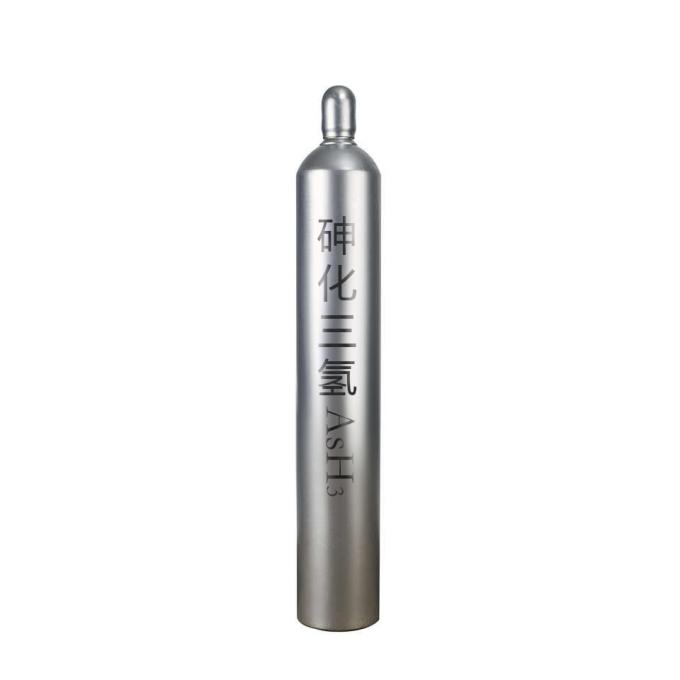
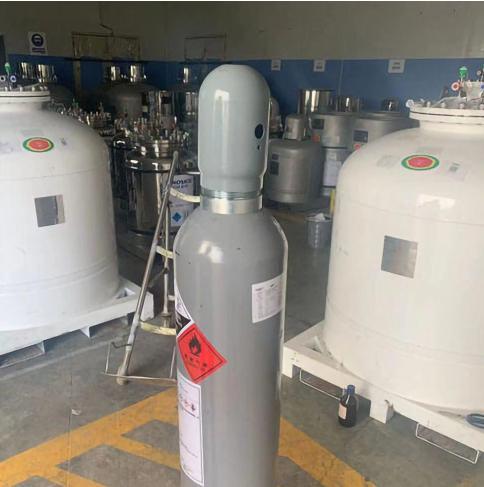

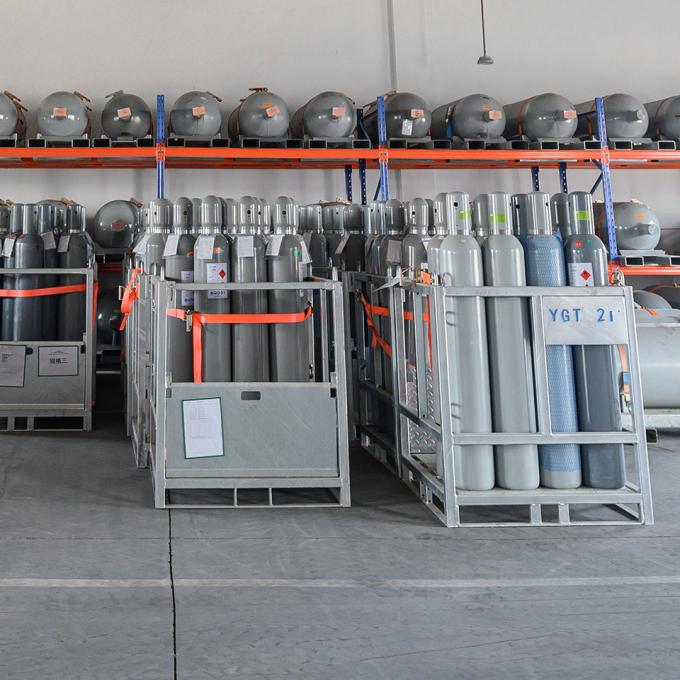
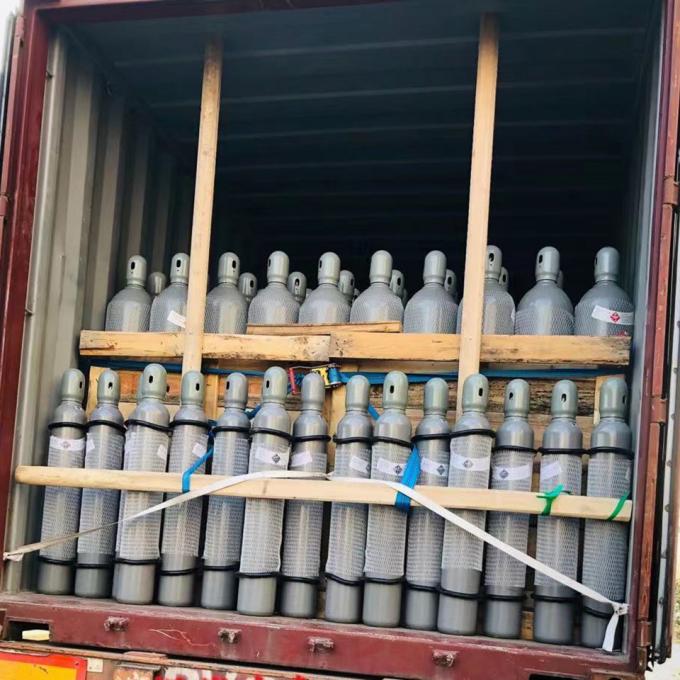
Packaging & Shipping


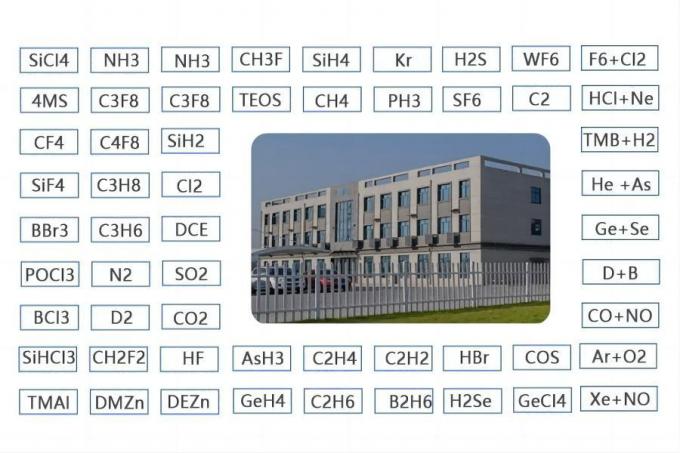


| MOQ: | 1kg |
| Price: | US $1400/kg |
| Standard Packaging: | Cylinder/Tank |
| Delivery Period: | 15 days |
| Payment Method: | L/C, T/T |
| Supply Capacity: | 5000kg/month |
Arsine gas, also known as arsine (AsH3), is a highly toxic and flammable compound composed of arsenic and hydrogen. It is colorless, has a faint odor of garlic or rotten fish, and is heavier than air. Arsine gas is primarily used in the semiconductor industry for the production of electronic components.
Here are some key points about arsine gas:
Toxicity: Arsine gas is extremely toxic and poses a significant health hazard. It can enter the body through inhalation, ingestion, or skin contact. Even small amounts of arsine gas can be lethal. The toxic effects are due to the release of arsenic into the bloodstream, which can cause damage to red blood cells, liver, kidneys, and the nervous system.
Odor: Arsine gas has a garlic-like or fishy odor, but it is often described as being detectable at extremely low concentrations. The odor is not a reliable indicator of arsine gas presence, and relying on smell alone is not a safe approach.
Flammability: Arsine gas is highly flammable and can form explosive mixtures with air. It can ignite spontaneously at room temperature or upon exposure to heat, sparks, or open flames. The combustion of arsine gas produces water vapor and arsenic trioxide, which is a toxic solid.
Industrial Use: Arsine gas is primarily used in the semiconductor industry during the production of electronic devices. It is employed in the process of doping silicon wafers to modify their electrical properties. However, strict safety measures are in place to prevent exposure to arsine gas in industrial settings.
Safety Precautions: Due to its extreme toxicity, handling arsine gas requires stringent safety precautions. These may include working in well-ventilated areas, using specialized equipment and protective clothing, implementing gas monitoring systems, and having emergency response plans in place.
Health Effects: Inhalation of arsine gas can cause symptoms such as headache, dizziness, nausea, vomiting, abdominal pain, and muscle weakness. Severe exposure can lead to respiratory distress, cardiac abnormalities, organ failure, and even death. Long-term exposure to low levels of arsine gas may result in chronic effects on the nervous system, skin, and various organs.
In summary, arsine gas is a highly toxic and flammable compound used in the semiconductor industry. It poses significant health risks and must be handled with extreme caution to prevent exposure and potential harm to individuals.
| Model No: | AsH3 | Transport Package | Y-Cylinder |
| Specification: | 20L/47L/470L | Trademark | CMC |
| Origin: | Suzhou,China | HS Code | 2812190091 |
| Production Capacity: | 600t/Year |
Detailed Photo





Packaging & Shipping



